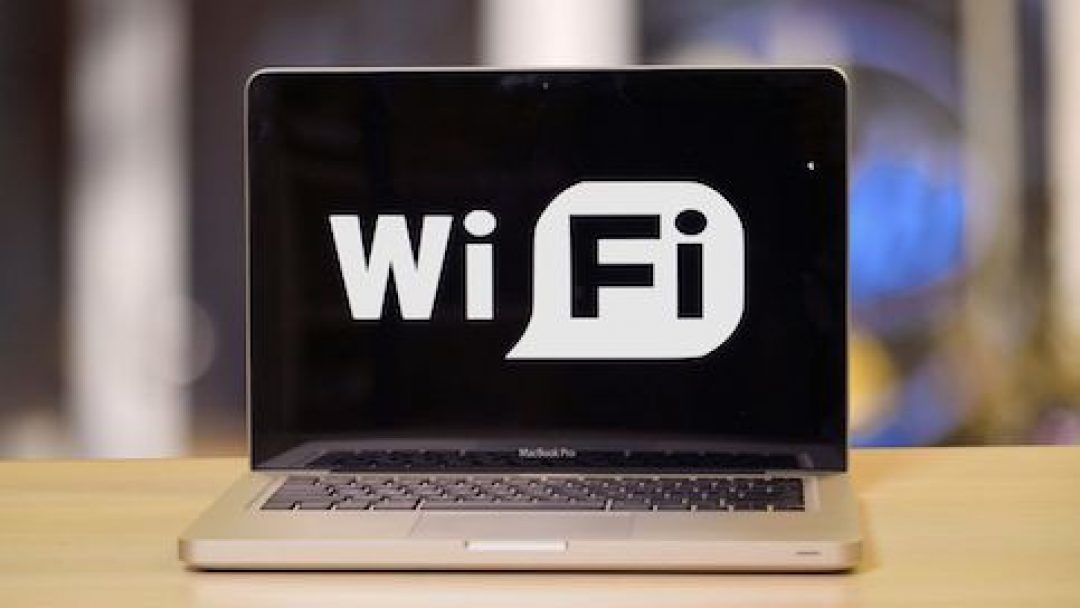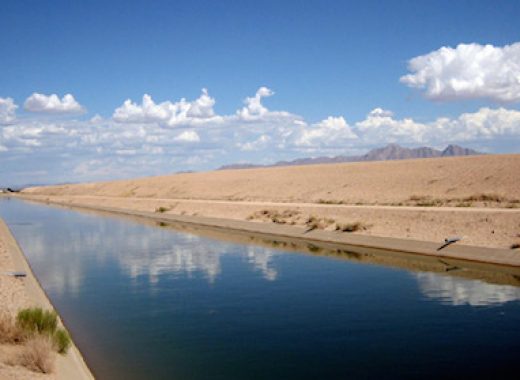Think no one is watching? Think again.
Public Wi-Fi is super convenient for those times when you need to check that bank account or log into Facebook without using data, right? Not so fast. Whether it be the Wi-Fi in a coffee shop or an airport terminal, your information is out there for everyone to see.
With the right software, anyone can see your device and the info you share on these public Wi-Fi networks. It could be a hacker out for your bank account or a teenager with too much time on their hands. Cases have even been reported of fake hotspots being set up with the intent of stealing users’ data.
Plain and simple, there’s no way to know. So you should avoid typing in any passwords, usernames, or numbers related to your hard-earned cash when using public Wi-Fi.
If you have to work on sensitive material on a public Wi-Fi connection, it’s a good idea to install and use a VPN, or virtual private network, on your device. There are even free VPN apps out there, most of which allow you to use a limited amount of data for free. For a list of your best options, check out PC Mag’s Best VPN Services of 2017.
Using a VPN is one way to ensure your data is more secure while using a public network, but if you are willing to pay, there is an even better option.
A personal hotspot is available through most phone carriers and is a relatively safe alternative. Since a hotspot originates with your device and is password protected, it is much safer to use than public Wi-Fi. Just keep an eye out if you’re using your phone as a hotspot. Most phones are not intended to run a hotspot for an extended period of time. They can run out of battery quickly and in some extreme cases, overheat.








